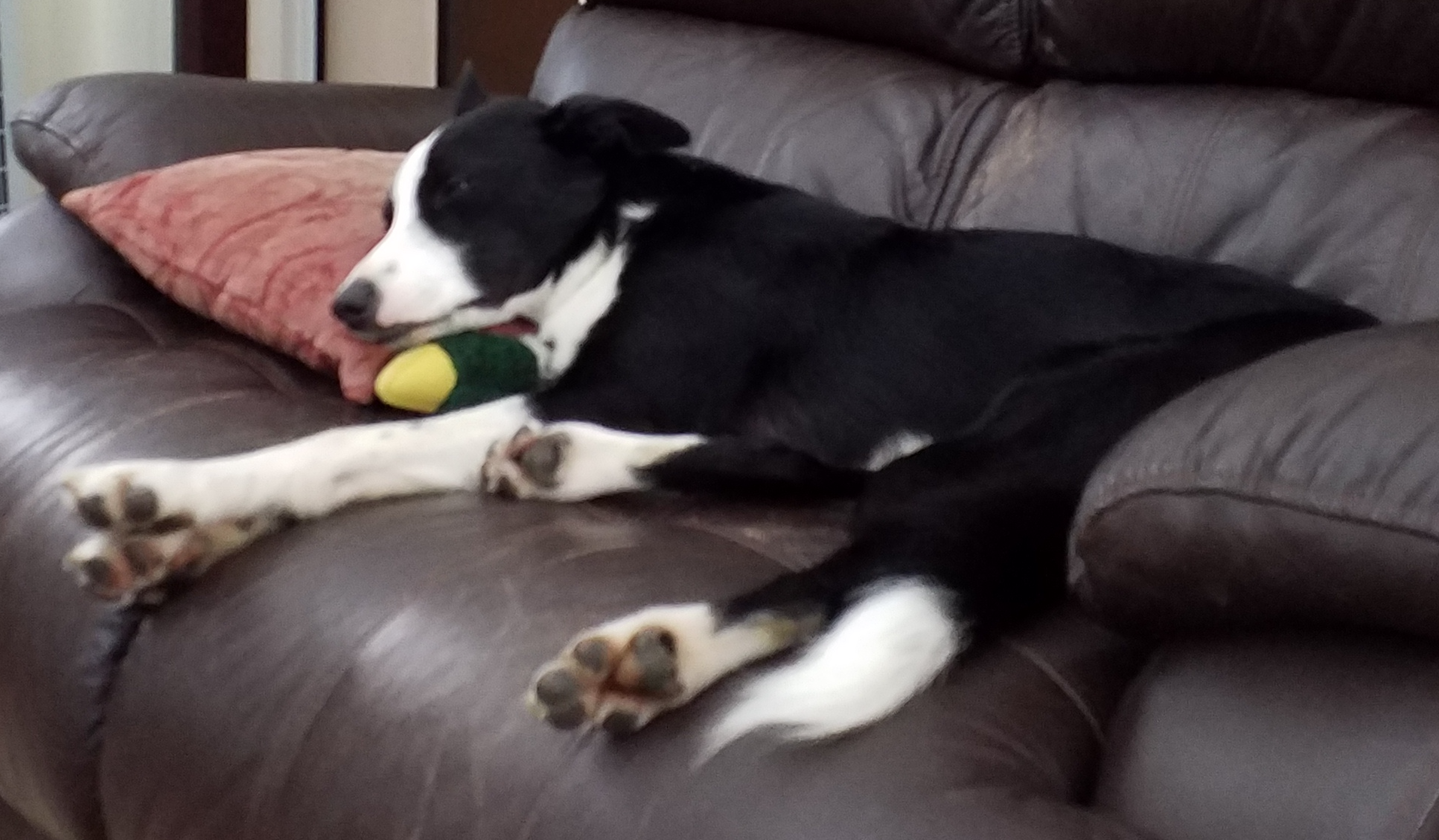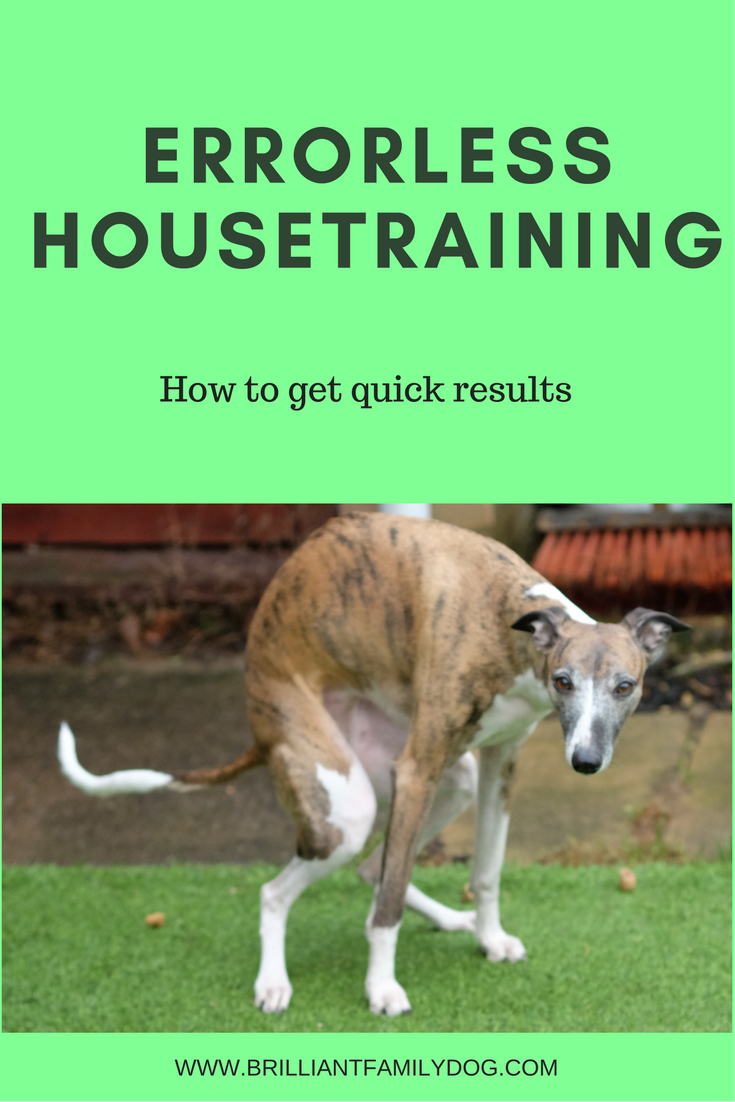“You have to help us - he’s shredding our hands,” wailed the girl on the phone.
“He just goes mad - he’s vicious!”
She was talking about her new puppy - a Cocker Spaniel crossed with a Poodle (a difficult mix at the best of times). I asked the puppy’s age.
“He’s eleven weeks. OW! Scamp, NO! Get off! Oh no, my jumper …”
“How long has Scamp been awake?” I asked.
“Only three hours,” she replied.
Get your free guide, learn how to stop that nipping, and start loving your puppy again!!
THIS FREE GUIDE IS A BONUS FOR YOU WHEN YOU SIGN UP TO RECEIVE EDUCATIONAL EMAILS AND OCCASIONAL OFFERS FROM ME. YOU CAN UNSUBSCRIBE AT ANY TIME.
Privacy Policy
Privacy Policy
“Then there’s your problem. Put him straight to bed. Now.”
With a puppy as young as Scamp, one hour of being awake is usually quite enough. Time to put him away in his crate for a ziz.
With my latest puppy Coco, I would shut him in his crate at nap time, put a blanket over the top and three sides to make a cosy den, leave the room and shut the door. There’d be a bone or chew toy if he felt the need to do something. If there was a lot of noise outside I would play soothing music to mask it.
Any noise from the puppy before falling asleep would be totally ignored, so he quickly didn’t bother to make any. If your puppy is bored, sleep will soon waft over him!
When I returned a couple of hours later, my blissfully relaxed puppy would be stretching and smiling and ready to start the adventure again. Check out this piece for exactly how to achieve this blessed state!
As he grew he was able to manage longer times of being up and doing.
Getting frayed and fractious, bitey and snappy, is a sure sign of an overtired puppy who is unable to control himself. Time to pop him in his crate or playpen, leave him in peace and wait for him to awaken refreshed.
Older Dogs
And the same goes for older dogs. They need their beauty sleep! And they need much more than they’re usually allowed. Research has shown that an adult dog needs 17 hours of sleep a day to be mentally and physically healthy. 17 hours! How many dogs get that much sleep?
If your dog seems to be on the go the whole time, running himself ragged, chasing birds, chewing up anything he finds, alert at the smallest sound - you need to organise proper nap times, just as you would for a young child. Make them part of your routine so that your dog’s internal clock gets in sync with them.
At the moment I am working, so my dogs are all snoozing. They no longer need to be confined to a crate as they were as young puppies. There are many beds here and they are free to sleep where they will.
So Cricket the Whippet is sunbathing on the grass outside. Rollo the Border Collie is dozing in the shade. Coco is on a hammock bed near me, and Lacy is on the floor just behind my chair.
Not only are they going to awake rested, but I can work undisturbed. I can pay lots of attention to them when I’m ready, and I know nothing in the house or garden will have been damaged.
Early crate training ensured that the only chewing they ever did was of the approved items (bones, toys) which lived in their crates. Establishing early habits like this is hugely helpful later on. The chewing habit doesn’t have to be broken because it never got out of hand!
Start on Day 1
So start as you mean to continue, with lots of naps throughout the day for your young pup or new rescue dog. This will build a lasting routine for your puppy, and help to build feelings of security and confidence for your new rescue dog (who doesn’t need to brave the big bad world yet. Not until she knows this is home and you can be trusted to keep her safe.)
Always start from where you are! We can’t alter the past. We can just assess the present situation, see where it needs to improve, and change the future.
So your present dog, who races round all day and never sleeps, will need to start with short naps - gradually getting longer - with you still around. Feeding all meals in the crate will help her to love the place, and a foodtoy to lick and slurp while dozing off will be ideal.
Teaching her how to relax on her mat will help her learn how to switch off. This book will show you how, in easy steps.
Yes, you can have a calm house and a relaxed dog. The first step is to sort out sleeping times.
Sleep is the great healer!
Check out our Free Courses and Courses pages to see how else you can help your mad dog become your Brilliant Family Dog!
Get your free guide, learn how to stop that nipping, and start loving your puppy again!!
THIS FREE GUIDE IS A BONUS FOR YOU WHEN YOU SIGN UP TO RECEIVE EDUCATIONAL EMAILS AND OCCASIONAL OFFERS FROM ME. YOU CAN UNSUBSCRIBE AT ANY TIME.
Privacy Policy
Privacy Policy









![Dog training, new puppy, puppy training | My dog keeps ... [insert annoyance here]! How to stop your dog doing stuff you don’t like | FREE EMAIL COURSE | #newpuppy, #dogtraining, #newrescuedog, #puppytraining, #dogbehavior | www.brilliantfamilydog.c…](https://images.squarespace-cdn.com/content/v1/58611419579fb36de6708b96/1511785151168-0AZHNAMT1XDT88M5ZK5C/Dog+training%2C+new+puppy%2C+puppy+training+%7C+My+dog+keeps+...+%5Binsert+annoyance+here%5D%21+How+to+stop+your+dog+doing+stuff+you+don%E2%80%99t+like+%7C+FREE+EMAIL+COURSE+%7C+%23newpuppy%2C+%23dogtraining%2C+%23newrescuedog%2C+%23puppytraining%2C+%23dogbehavior+%7C+www.brilliantfamilydog.com)


![Dog training, new puppy, puppy training | My dog keeps ... [insert annoyance here]! How to stop your dog doing stuff you don’t like | FREE EMAIL COURSE | #newpuppy, #dogtraining, #newrescuedog, #puppytraining, #dogbehavior | www.brilliantfamilydog.com</div>
</div>
</div></div></div></div></div></div>
</div>
<footer class=](https://i.imgur.com/60uvfkP.png)



